Chase and I have driven over 2,400 miles around the west (well, mostly Chase… while I attempt to navigate) in a campervan visiting the beautiful U.S. National Parks and Canyons, like Utah, Arizona, and California. You could say we’ve learned a thing or two from our own mistakes, so today I’m sharing our 10 best tips on how to be as best prepared as possible when embarking on this fun (highly recommended) journey!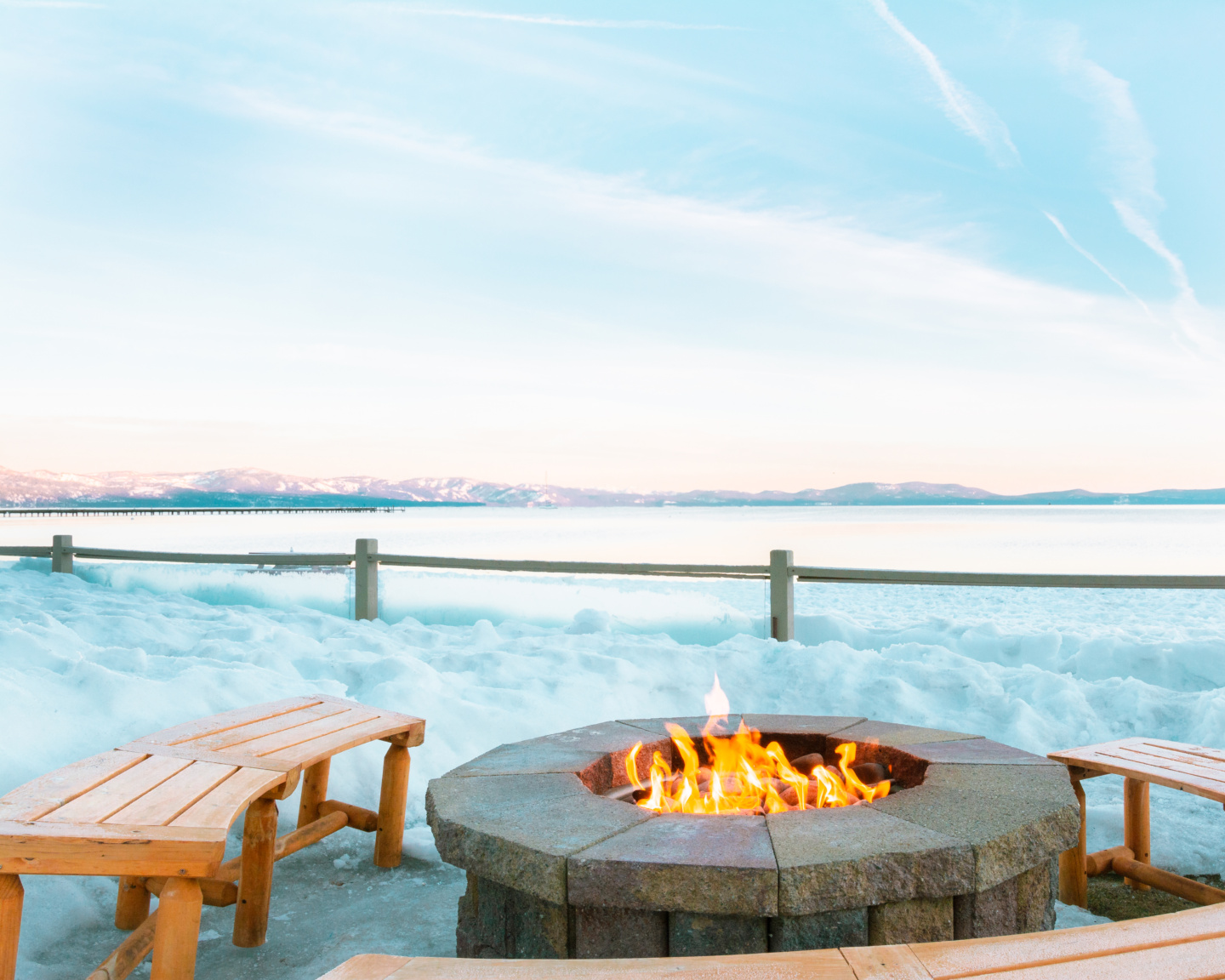
10 Tips for Planning a National Park Road Trip!
A little bit about our road trips: we took our first road trip in March 2018 (also our first time visiting the National Parks) to visit the Grand Canyon (truly legendary), Bryce Canyon, Zion National Park, Antelope Canyon, Lake Powell, and Horseshoe Bend.
We fell in love with road tripping and visiting the National Parks, so we did it again this year! We flew to San Francisco and visited Montgomery Woods State Natural Reserve, Lake Tahoe, Yosemite National Park, Sequoia National Park, Big Sur, and Napa Valley! Both trips were seriously incredible. We are always blown away by the National Parks.
#1: Packing List
A mental packing list is NO GOOD. This seems obvious, but if you’re anything like us (last minute packers, I’m talking a few hours before we need to leave for the airport), a packing list is crucial. You are bound to forget something, like sunscreen. You’re gonna need it in the Grand Canyon.
I usually start creating our packing list about a week before the trip. You would be surprised at how much stuff you think of when you’re not forcing yourself to think of items. Breaking it into categories helps, too (technology, crucial clothing, camping gear).
#2: Leaving the airport, purchasing Groceries and Gas
Here’s the thing – you are bolting out of the airport, requesting a ride, and trying to shave off as much time as possible so you can potentially squeeze a late afternoon hike in. Trust me, I’ve been there. I’m always speed walking around the grocery store like a mad woman. Everything is in slow motion and people won’t move (you know what I’m talking about). I’m grabbing my deli turkey and paper towels…. People probably think I’m on the reality show Supermarket Sweep.
We’ve tried this two years in a row and on average it takes about 3-4 hours to get situated (pick up the van… it’s a whole process, grocery shop, fill up the tank) and hit the road. Honestly, don’t even count the travel arrival day as part of the road trip. Plus, you are going to be WIPED OUT from a day of travel. It’s just better to mentally prepare for this because I am always a little sad each time.
#3: Specific GPS Locations
Oh man, I screwed us over on our California trip. When we were putting together our itinerary (that we actually left at home on the counter HAHA), I was entering in the name of the National Park.. that makes sense, right?
Well, the National Parks span for miles and miles, so in some situations a National Park may seem much closer to the National Park you’re driving from, buuuut in reality: you can’t just get out of your car and start hiking. It’s best to put in the entrance or National Park visitor center for this.
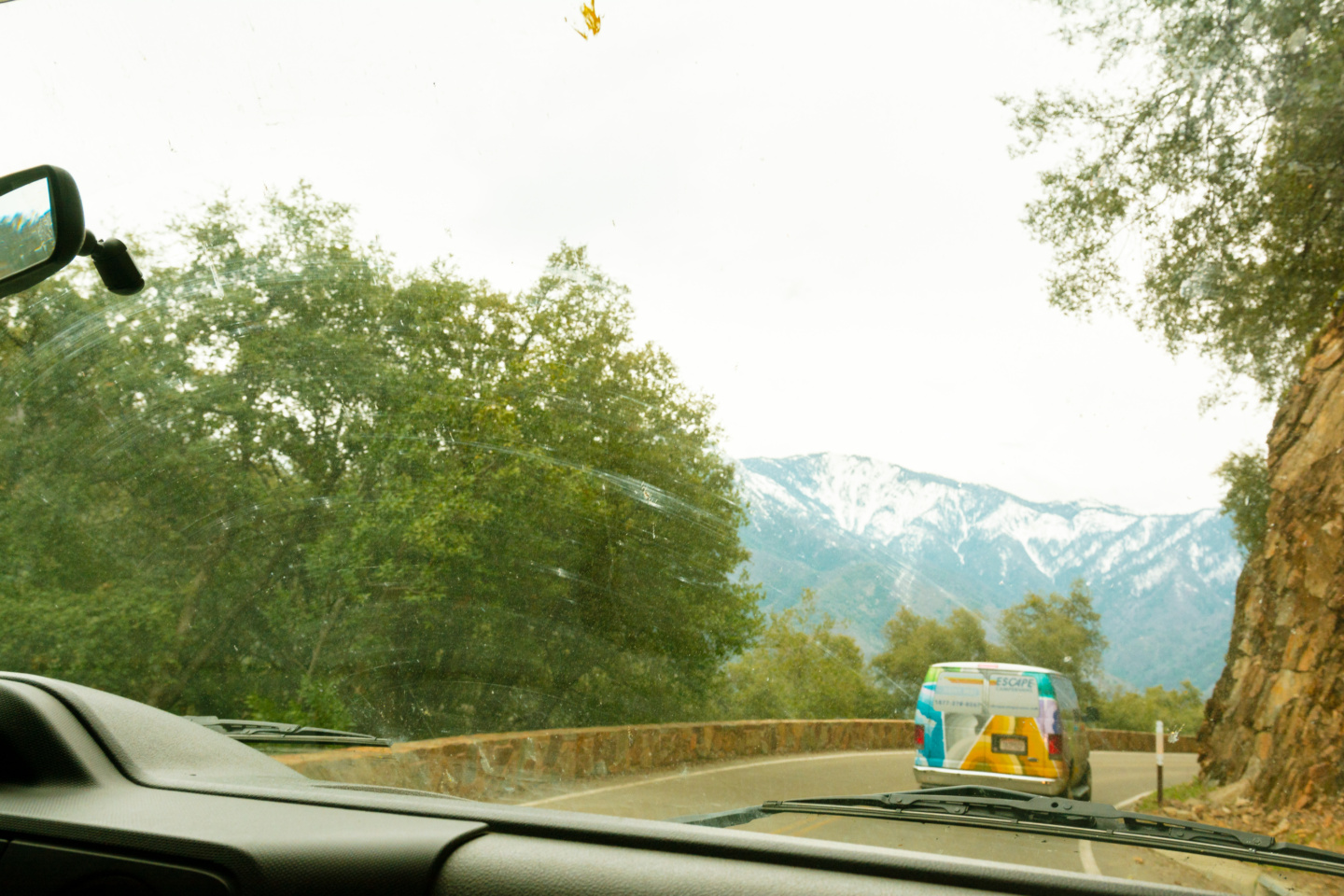
#4: Check the Weather in Advance
When you think of the west, what do you think of? I think of warm weather, but every time we have visited these National Parks they have been covered in snow (we usually go in March). I cannot stress this enough: check the current conditions at each National Park.
To view the current conditions:
- Google “specific national park name” conditions (i.e. Yosemite conditions)
- Find the link that is from www.nps.gov
- Like this!
This will tell you what traffic is like, seasonal info, campgrounds, trails that are open/closed. The main thing you are probably wanting to look at is campground info & which trails are open/closed due to weather. We had a really hard time finding campgrounds to park our van on the California trip because Lake Tahoe was hit with eight feet of snow!
Here’s the mistake I made: googling weather in Lake Tahoe in March. 50 degrees not bad, I thought. But, that didn’t tell me that they had eight feet of snow in February and the snow isn’t even close to being melted.
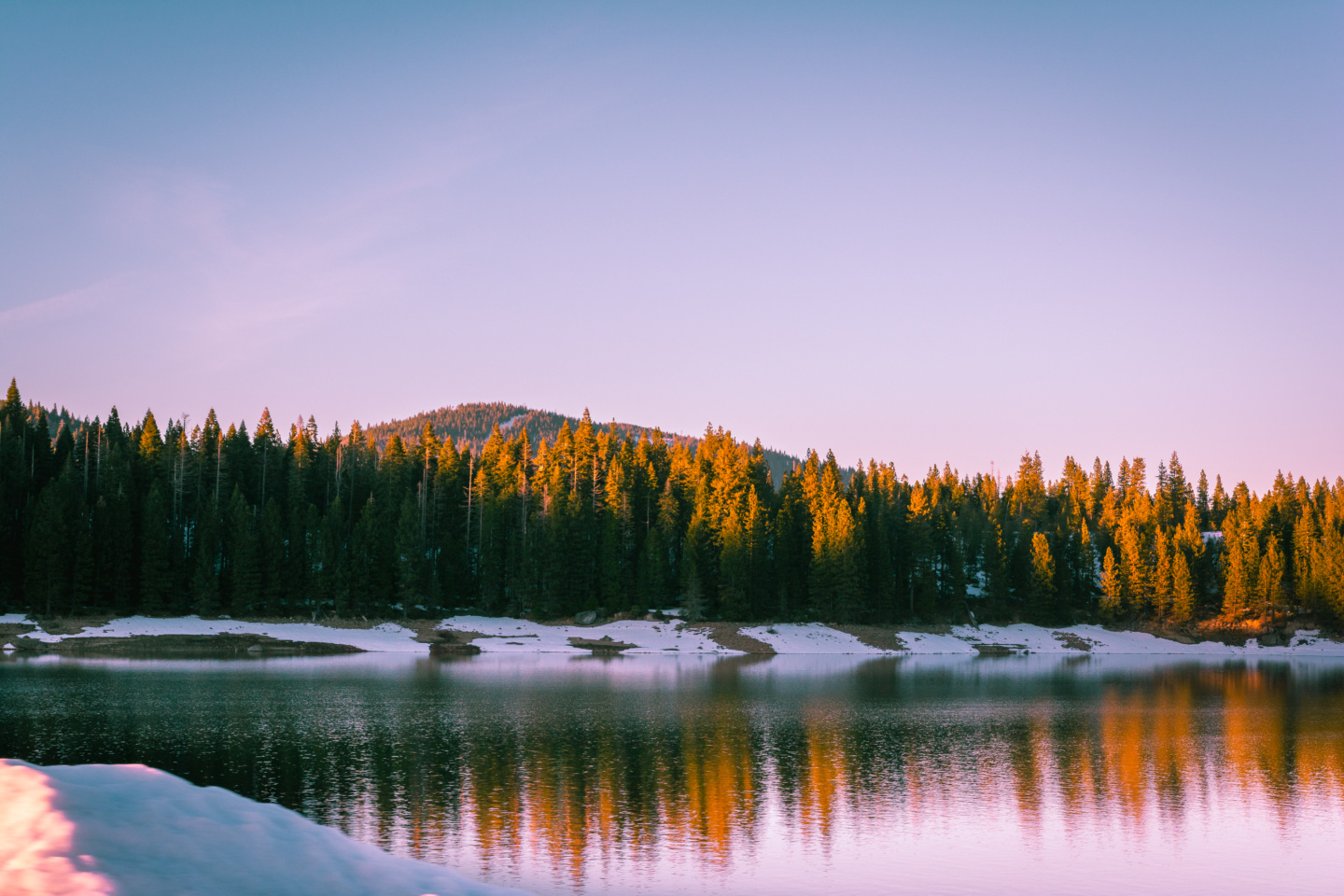
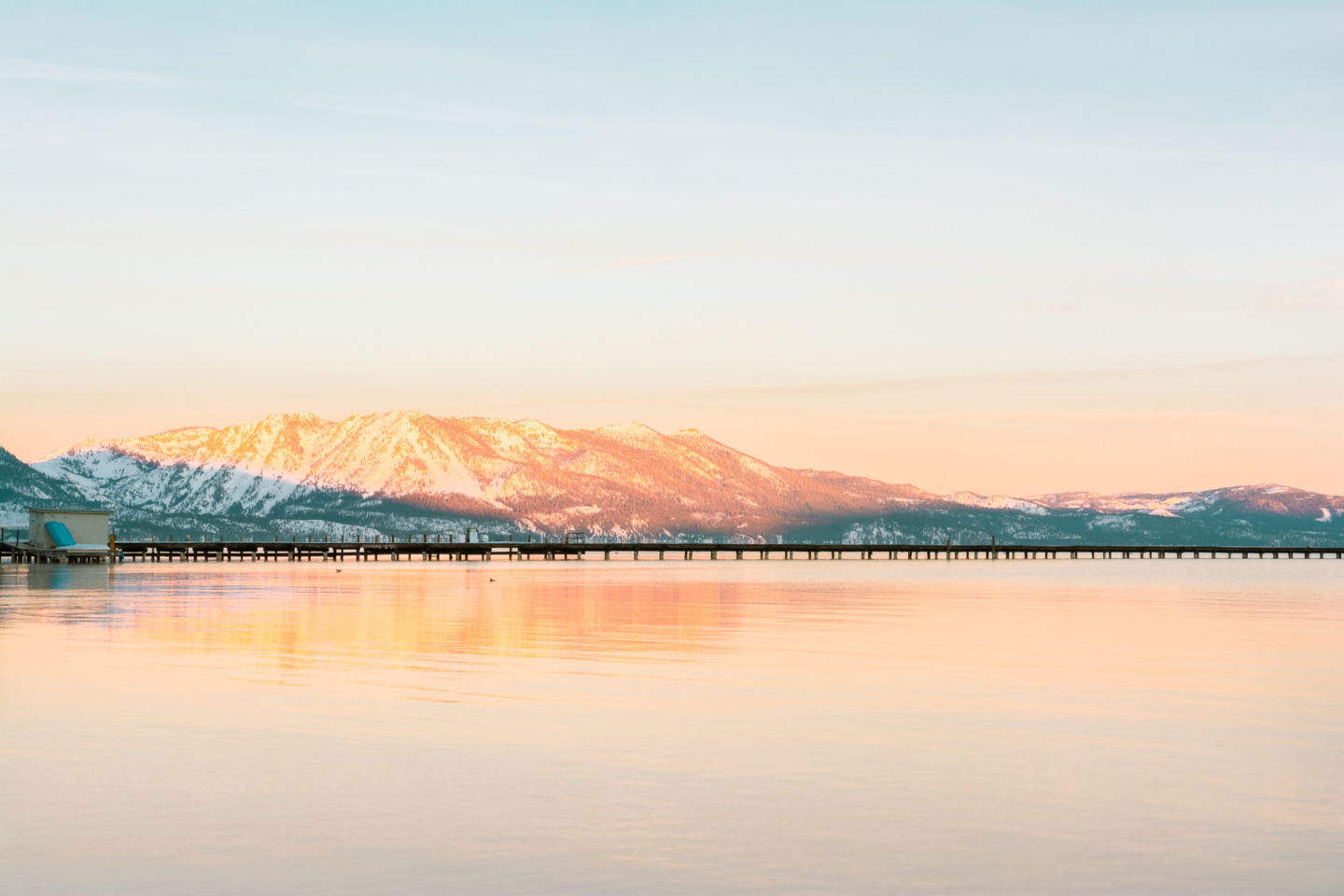
#5: YakTrax
Ah, yes. The handy dandy YakTrax. Chase and I both highly recommend purchasing chains for your hiking shoes, if you are planning to hike when there is snow/ice. We both have YakTrax and they work absolute wonders in the snow and ice!
I was able to hike up some serious switchbacks covered in snow and ice in Zion National Park, while a lot of people were struggling (sorry…). I purchased mine at the Zion visitor center and they gave me the option to return them if I didn’t end up using them. Boy, did I use them.. with some serious PRIDE AND STRIDE in my step.
Chase didn’t have any on our first van trip through Utah and Arizona, but he bought some at REI before our California trip. We both used them to hike on five feet of snow for miles through Sequoia National Park. We started the hike without them, but we were slipping a lot and it was making it way harder than it needed to be.
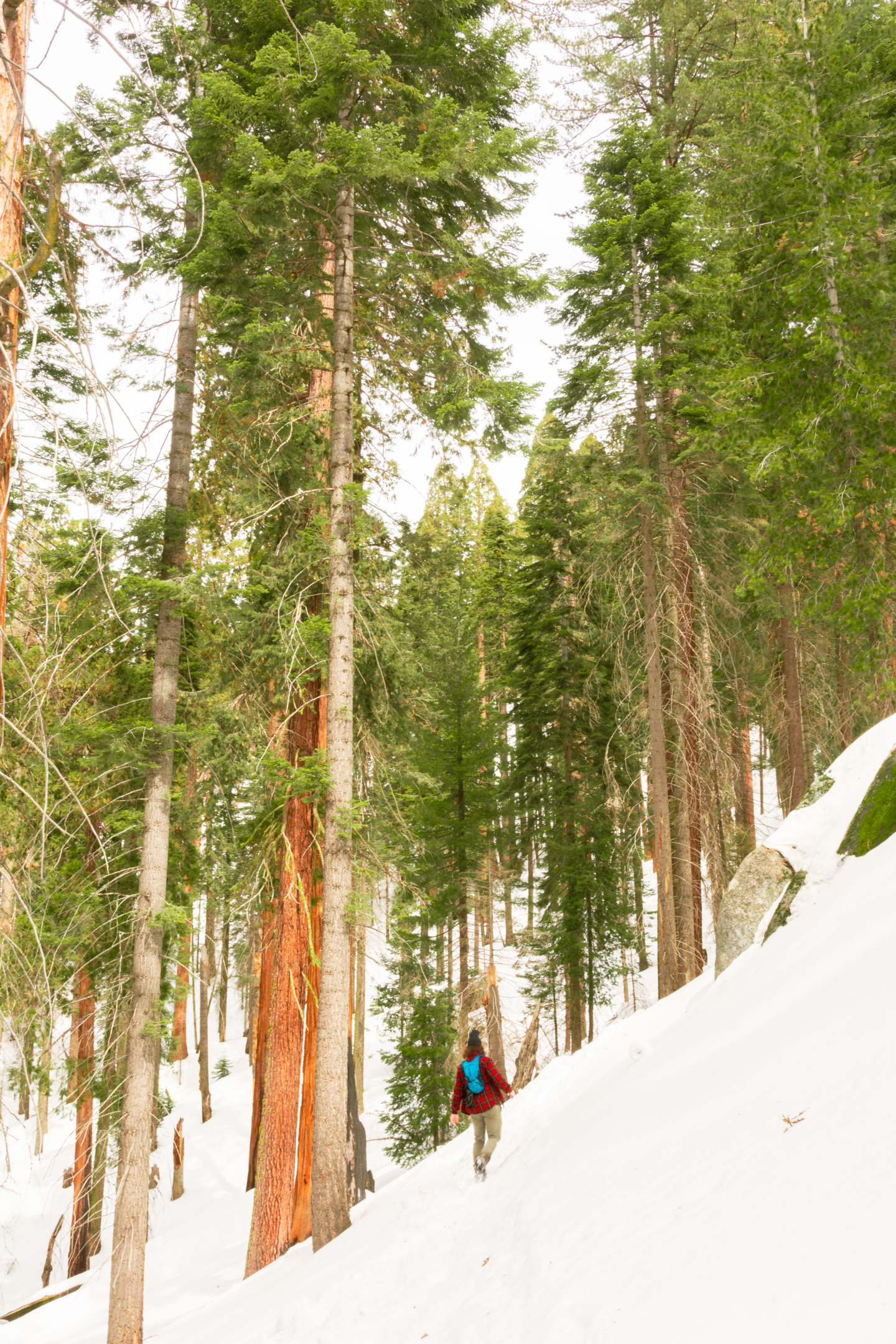
#6: Have a Back Up Plan
The amount of hiccups we ran into with trying to find campgrounds and dealing with mass amounts of snow was crazy. We didn’t have any back up sleep locations planned and at one point we drove hours on a curvy dirt road (to nowhere land) to a campsite only to find it was no longer accessible (BLM camping). It’s best to have alternative sleeping accommodations, especially because you might not have cell phone service to navigate out of there.
#7: Purchase America the Beautiful Passes
I’m assuming that if you’re reading this, you’re going to visit more than one National Park on your… National Park road trip. Financially, it makes the most sense to purchase an America the Beautiful Pass for $80.00 (annually). The America the Beautiful pass gives you access to all the National Parks. Otherwise, you have to pay an entry fee at each park, which is around $15-$20. You do that math, people!
Where do you purchase a pass? You can do this online or at the entrance to the National Park.
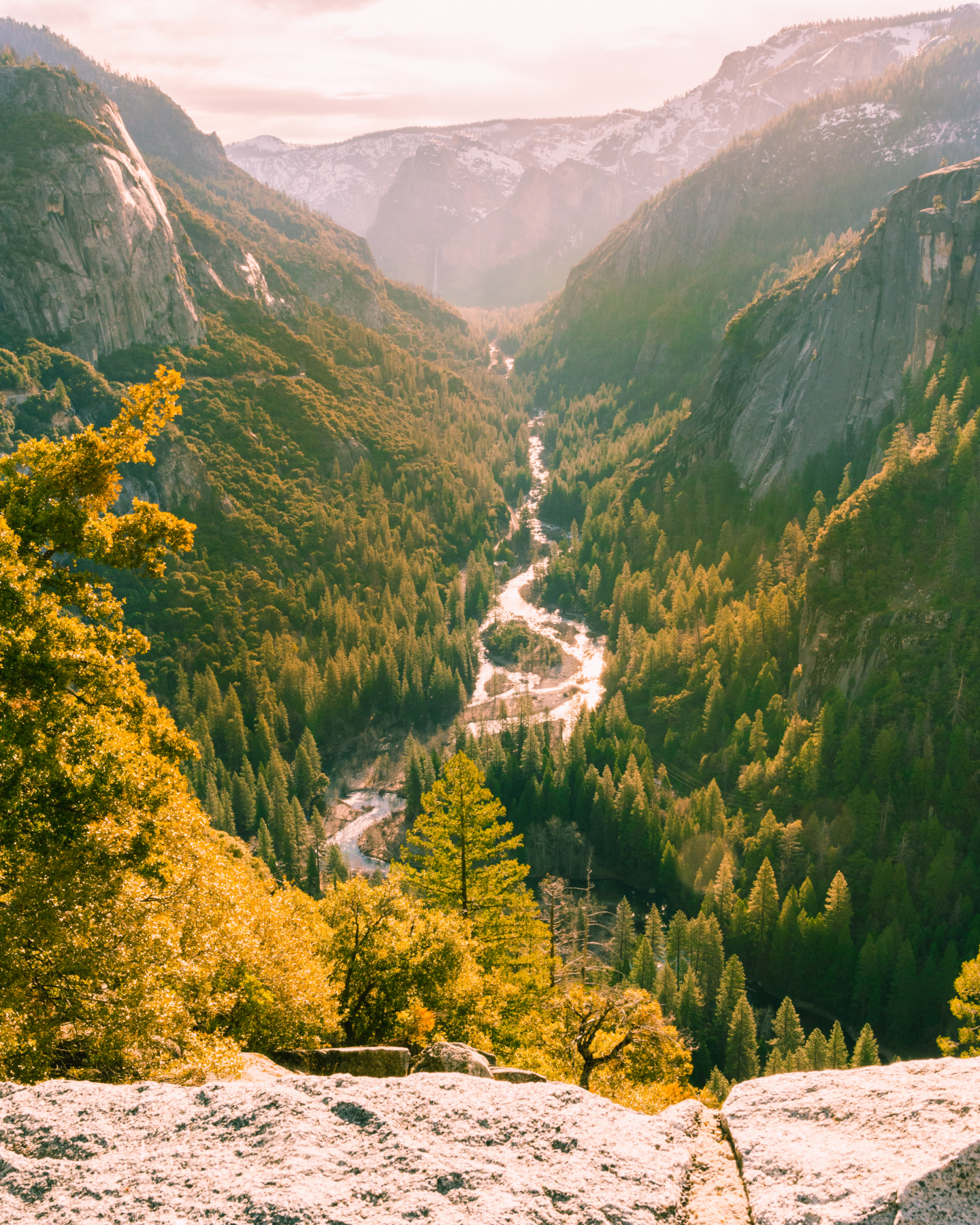
#8: BRING CASH!
It’s 2019, who really expects people to have cash? CAMPSITES DO!! I can’t stress it enough, bring cash for the campsites!! You never know when you’ll unexpectedly need one… and let me tell ya: there isn’t an ATM in the woods. Sometimes campsites are $10.00, sometimes they’re $40. Occasionally, you’ll get lucky and find a nice campsite where people are working and will accept credit cards.
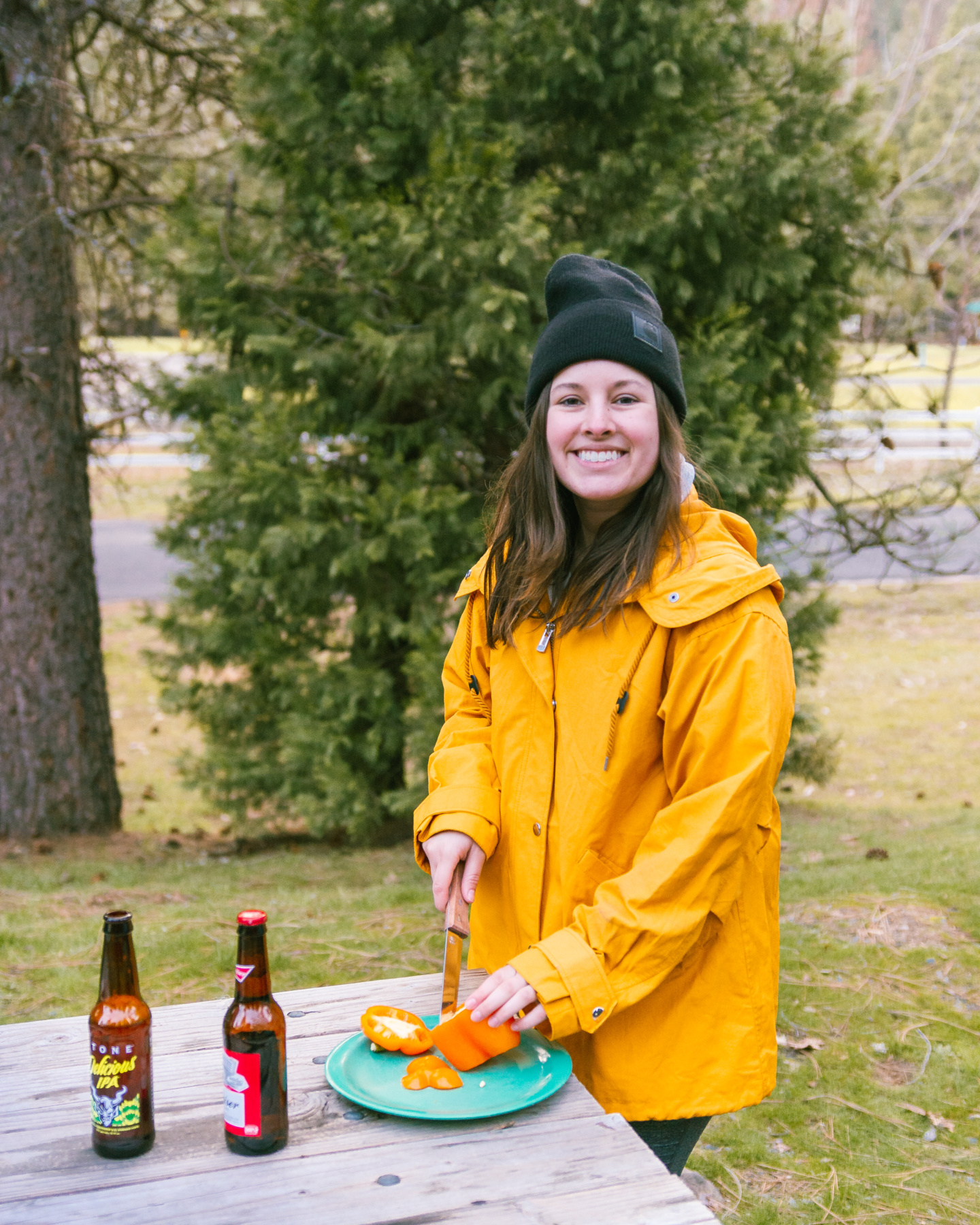 #9: National Park Visitor Centers
#9: National Park Visitor Centers
The National Park Visitor Centers are like finding gold! Don’t hesitate to swing in here before your hike to see what trails they would recommend based off what you’re looking for. I could easily recommend my hikes, but who knows if we are interested in seeing the same things and doing the same types of hikes. The visitor centers are able to tell you what trails are open and what to expect on the hike. They are truly the experts! That’s what they’re there for.
For us, we like strenuous hikes (yes, I’m out of the breath the whole time) that take us up to a gorgeous view.
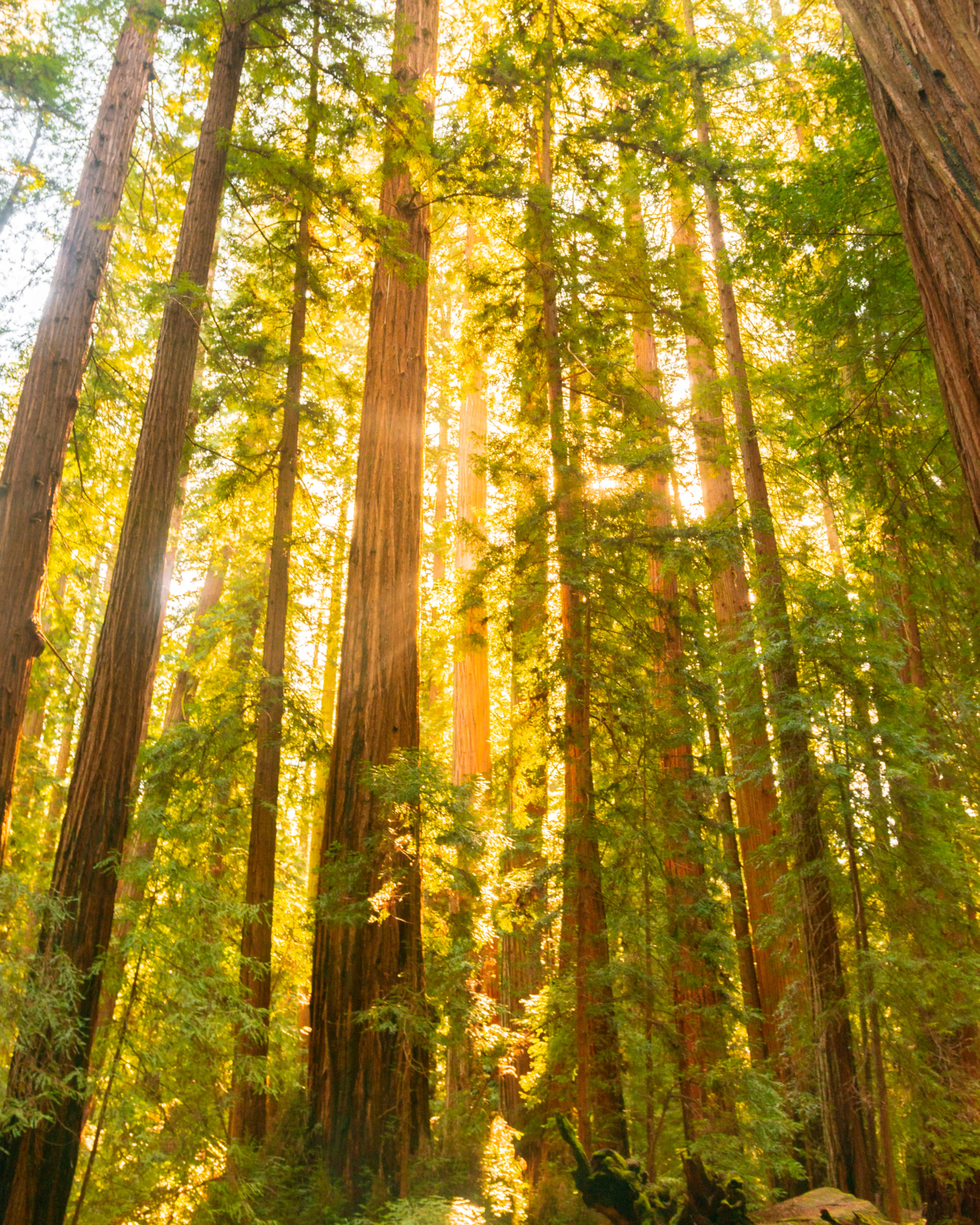
#10: Gas Stations – Filling Up and Showering
When you’re cruising out west, there are stretches where gas stations are hard to come by. I don’t trust that a quarter tank will get us where we need to, so we typically always fill up at a half tank when we come across a gas station. You just never know… and with unreliable cell phone reception….. I’m just not about taking that risk…
We always rent campervans for our road trips, which means there are no showers (unless you stay at a campsite), but on our first trip we barely stayed at campsites, so showers were dearly missed. However…. Chase surprised me with a shower at the Love’s Travel Stop (gas station/truck stop). They have really nice showers, about $12.00 per shower. They come with towels. Bring your sandals and keep those on.
I’m sorrrrry, but I cannot remember if they come with shampoo. I’m pretty sure we had travel size shampoo with us.
That’s a Wrap!
I hope our 10 tips help you when you start planning your National Park road trip (start planning now)! Let me know if you have any questions when planning or let me know what your previous road trip was in the comments or on twitter at @twoweekspaidvac!


